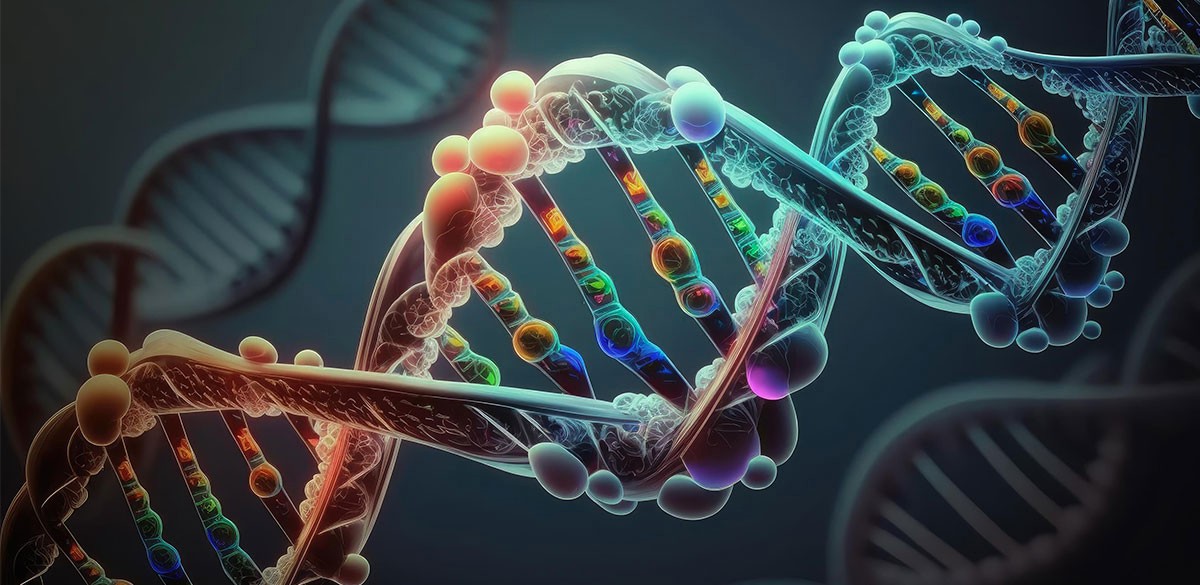Atherosclerosis hardens and narrows arteries. It happens due to plaque buildup. It is also the main cause of strokes, and other kind of heart issues. Therefore, this article will cover genetics’ complex role in atherosclerosis, risk management, and genetic factors’ effects.
Know atherosclerosis causes
Atherosclerosis development must be understood before discussing genetics.
Atherosclerosis begins with endothelial damage. This may be caused by smoking, inflammation, high blood pressure, and cholesterol. The body heals normally after harm. And yes, chemistry like white blood cells is brought to the wounded region to heal.
Problems arise when calcium, cellular debris, cholesterol, and other elements accumulate at the injury site. These deposits harden into plaque. Plaque narrows arteries, reducing blood flow. A plaque rupture or blood clot may cause a heart attack or stroke.
Genetics and atherosclerosis
Numerous genes have been linked to Atherosclerosis. It suggests genetics play a major role. Some of these genes impact cardiovascular health. Then others are linked to atherosclerosis. Therefore, important genetic factors that are connected to atherosclerosis has:
Family hypercholesterolemia
LDL cholesterol is elevated. It happed in familial hypercholesterolemia. So, FH patients are more prone to develop atherosclerosis. It happens due to high LDL cholesterol.
Apolipoprotein E gene
APOE gene variants cause lipid metabolism differences. Because they change cholesterol transport and metabolism, numerous APOE variants may increase atherosclerosis risk.
Endothelial dysfunction genes
Gene expression changes that influence endothelial function may cause atherosclerosis. Failure of the endothelium, which lines blood vessels, may cause inflammation and plaque formation.
Inflammatory Genes
Genes associated to inflammation may affect atherosclerosis. So, chronic inflammation contributes to arterial plaque.
Blood-clotting genes
Genetics may affect blood clotting and artery clots. Inappropriate coagulation increases the risk of heart attack and stroke blockages.
Blood-pressure-regulating genes
Blood pressure-regulating genes may cause atherosclerosis. Therefore, Endothelial damage and plaque growth are in link to elevated blood pressure.
Antioxidant genes
Genetics associated to antioxidant enzymes may impact the body’s defenses against oxidative stress, which may lead to inflammation and vascular damage.
Therefore, rare genetic illnesses including Ehlers-Danlos and Marfan syndrome may damage blood vessel connective tissues, increasing atherosclerosis risk.
Although genetic susceptibility to atherosclerosis exists, environmental factors and lifestyle choices may greatly affect its development and progression. Thus, a healthy lifestyle may reduce risk for all genetic backgrounds.
Genetic Risk Control:
Management of genetic atherosclerosis risk factors requires education, medical monitoring, and lifestyle adjustments. These methods can lower inherited risk:
Know Your Roots
Knowing your family’s medical history is crucial. A family history of atherosclerosis or heart disease may need greater monitoring and preventive measures. So, tell your doctor.
Regular checkups
Regular physicals may discover cardiovascular risk factors and evaluate cardiovascular health. Checking blood pressure, cholesterol, and talking to your doctor are essential.
Changes in lifestyle
Lifestyle decisions greatly affect atherosclerosis risk, regardless of genetics. Focus on a heart-healthy diet. They should be rich in fruits and vegetables. It should be low in trans and saturated fats. Equally it should be high in whole grains.
Diet Rich in Antioxidants
Antioxidant-rich meals like colorful fruits and vegetables may reduce inflammation and oxidative stress, reducing hereditary risks.
Blood Thinners
Medical professionals may prescribe blood thinners to genetically predisposed clot-formers.
Conclusion
In summary, Atherosclerosis is a complex disease. It has genetic factors. Lifestyle and preventive measures are equally essential. It happens even if inheritance is a major risk factor. Atherosclerosis is treatable and reducable. Finally, these steps will enhance cardiovascular health and reduce heart attacks, strokes, and other issues.




